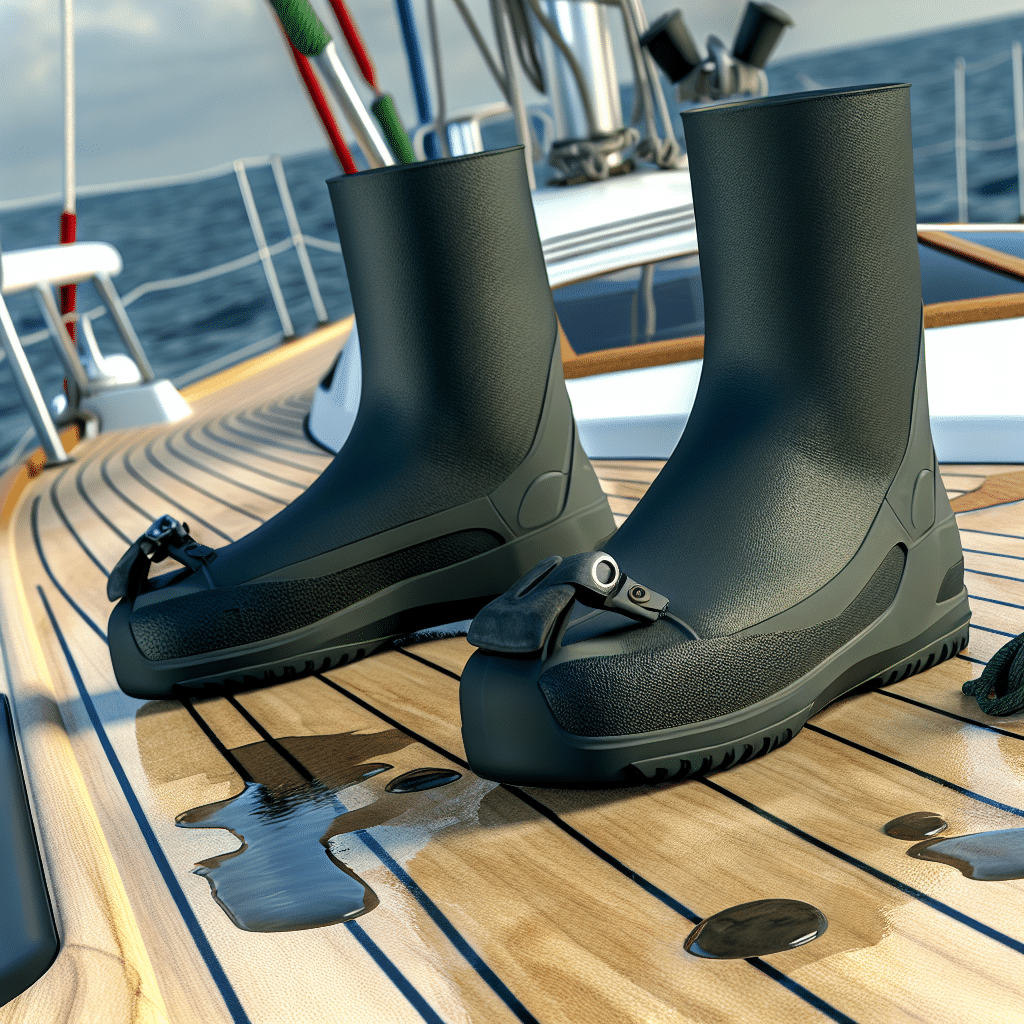Sailing, whether for sport or leisure, demands the right gear to ensure safety and comfort on the water. Among the most crucial pieces of equipment are sailing boots. But why are they so important, and what should you look for when choosing the perfect pair? This comprehensive guide will navigate you through the essentials of sailing boots, helping you make an informed decision for your next maritime adventure.
Why Are Sailing Boots Important?
Protection and Comfort
Sailing exposes you to a variety of elements, from water splashes and wet decks to sudden gusts of wind. Sailing boots are specifically designed to protect your feet from such conditions. Made from waterproof materials, they ensure your feet stay dry, preventing discomfort and the risk of conditions like hypothermia in cold waters.
Grip and Stability
One of the most crucial features of sailing boots is their ability to provide excellent traction. A wet deck can be extremely slippery, making it hazardous to move around. Sailing boots usually come with non-slip soles made of rubber or similar materials that grip the deck, reducing the risk of slips and falls.
What to Look for in Sailing Boots?
Material and Waterproofing
When choosing sailing boots, one of the first things to inspect is the material. High-quality sailing boots are often made from waterproof materials like neoprene or rubber. These materials not only keep your feet dry but also offer flexibility, allowing for better movement.
Fit and Comfort
A good fit is paramount when selecting sailing boots. Boots that are too tight can cause blisters and restrict blood flow, while those that are too loose may not provide adequate support. Look for boots with adjustable straps or laces that allow you to achieve a snug fit. Additionally, consider boots with cushioned insoles for added comfort during long hours on the boat.
Height and Coverage
Sailing boots come in various heights, from ankle-length to full-length models. High boots offer more protection from water and can be particularly beneficial in colder climates or rough waters. However, they can also be heavier and less flexible. Assess your sailing conditions to determine the right height for your needs.
Additional Features
Consider extra features that may enhance your sailing experience. Some boots come with reinforced toes for added protection, drainage holes to expel water, or thermal linings for warmth. These additional elements can make a significant difference in both comfort and safety.
Maintenance Tips for Your Sailing Boots
Cleaning
Regular cleaning is crucial to maintaining the longevity of your sailing boots. Rinse them with fresh water after each use to remove salt and dirt. Use mild soap if necessary, but avoid harsh chemicals that could damage the material.
Drying and Storage
Always allow your boots to dry naturally, away from direct sunlight or heat sources that could degrade the material. Store them in a cool, dry place, preferably upright to maintain their shape.
Conclusion
In conclusion, investing in a good pair of sailing boots is essential for anyone serious about sailing. They offer unparalleled protection, grip, and comfort, ensuring you can focus on enjoying your time on the water. By understanding the key features to look for and how to maintain them, you can make a well-informed choice that will serve you well for many sailing adventures to come.
So next time you’re preparing for a sailing trip, remember: your choice of sailing boots could make all the difference. Stay dry, stay steady, and sail on!




